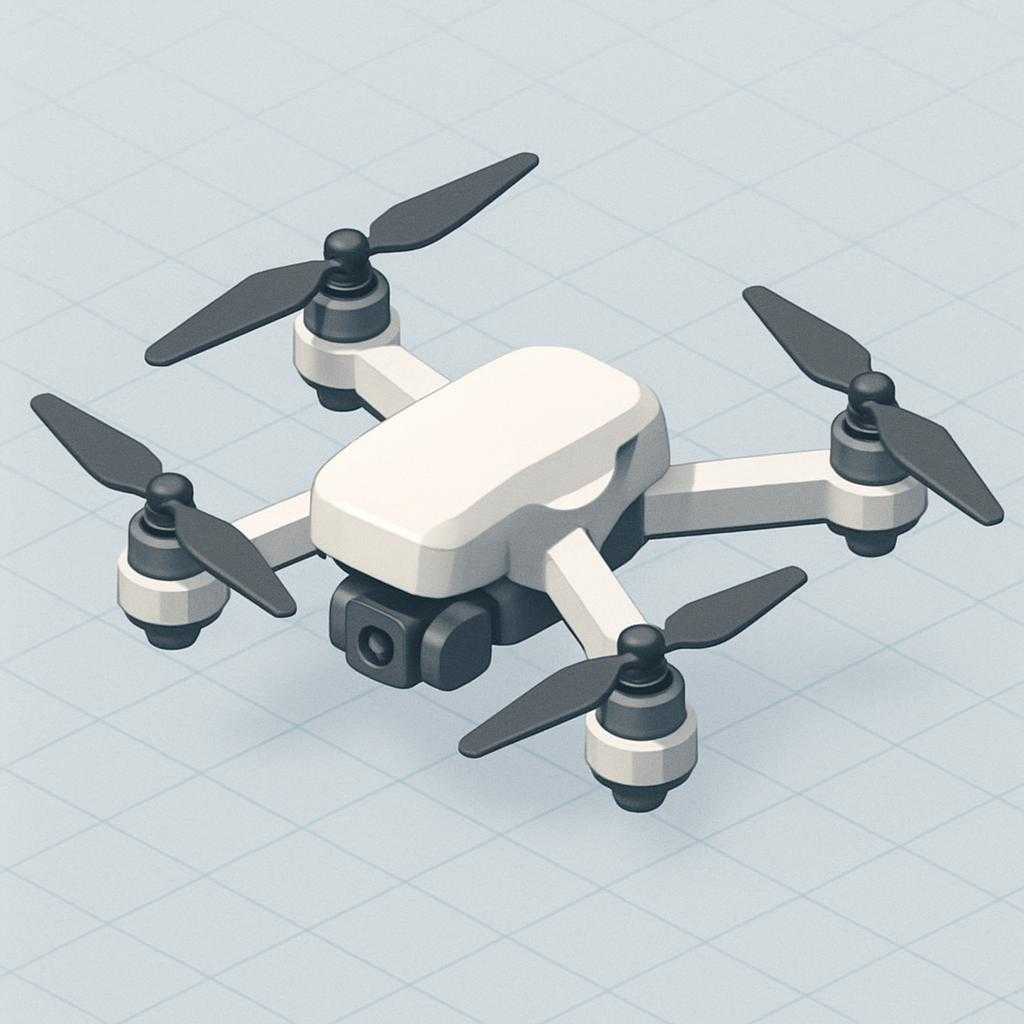What is STEM and Why Does It Matter?
STEM—which stands for Science, Technology, Engineering, and Mathematics—is more than just an acronym for academic subjects. It represents an integrated approach to learning where these disciplines are studied not in isolation, but as interconnected parts of a unified system.
Let’s Make This Concrete: Building a Quadcopter from Scratch
Imagine your goal is to design and build your own quadcopter from the ground up. This isn’t about assembling a pre-made kit—it’s about truly understanding how everything works together.

Here’s what you’d need to master:
🛠️ Engineering Foundations
-
Mechanical Design — structural integrity, materials selection
-
Electrical Systems — power distribution, circuit design
-
Physics Principles — Newton’s laws, gyroscopic effects, aerodynamics
🧮 Mathematical & Computational Core
-
Advanced Mathematics — matrix algebra for 3D transformations
-
Control Theory — PID controllers, stability algorithms
-
Signal Processing — noise filtering, sensor data interpretation
💻 Software Development
-
Embedded Systems — flight controller firmware
-
Ground Control Software — mission planning and monitoring
-
Computer Vision — FPV video processing
-
Support Tools — sensor calibration, telemetry visualization, parameter tuning
The Real Challenge: Systems Thinking
🔗 Interconnected Dependencies
Every component affects the others. Heavier motors? That changes your power requirements, which demands different batteries, which requires updated PID tuning. It’s a chain reaction where mechanical, electrical, and software decisions constantly influence each other.
🔄 The Engineering Cycle
Real development follows an iterative process:
Prototype → Test → Analyze → Refine
When your drone vibrates unexpectedly, you need STEM knowledge to diagnose: Is it mechanical resonance? Electrical noise? Software filtering issues? Or control system miscalibrations?
🎯 Optimization & Problem-Solving
Beyond basic functionality, you’re optimizing for:
-
Flight time — power efficiency
-
Stability — control system precision
-
Smoothness — vibration dampening
-
Reliability — consistent performance
When something goes wrong—like sudden drifting—your STEM background becomes your diagnostic toolkit. Propeller imbalance? Motor controller failure? Sensor miscalibration? Control algorithm issues? Each possibility requires different domain knowledge.
The Bottom Line
Building a quadcopter from scratch demands deep integration of mechanical engineering, electronics, control theory, mathematics, and software development. Success comes not from following instructions, but from understanding how all these STEM disciplines interact as a cohesive system.
Wait! I’m confused: are we actually going to build a quadcopter here?
No. If we ever build a quadcopter together, it certainly won’t be anytime soon. That requires an extensive knowledge base, and I’m assuming that most readers are just beginning to explore mathematics, physics, and computer science—perhaps without any prior background.
So why the quadcopter example?
It serves to clearly illustrate the difference between:
-
Learning subjects in isolation (math separately, physics separately)
-
The STEM approach, where disciplines work together as an integrated system
What can you expect moving forward?
Of course, not every task is this complex or requires applying knowledge from multiple disciplines simultaneously. However, in my future examples and explanations of various concepts, I will consistently employ a comprehensive, systems-based approach to show how different fields of knowledge complement each other.
